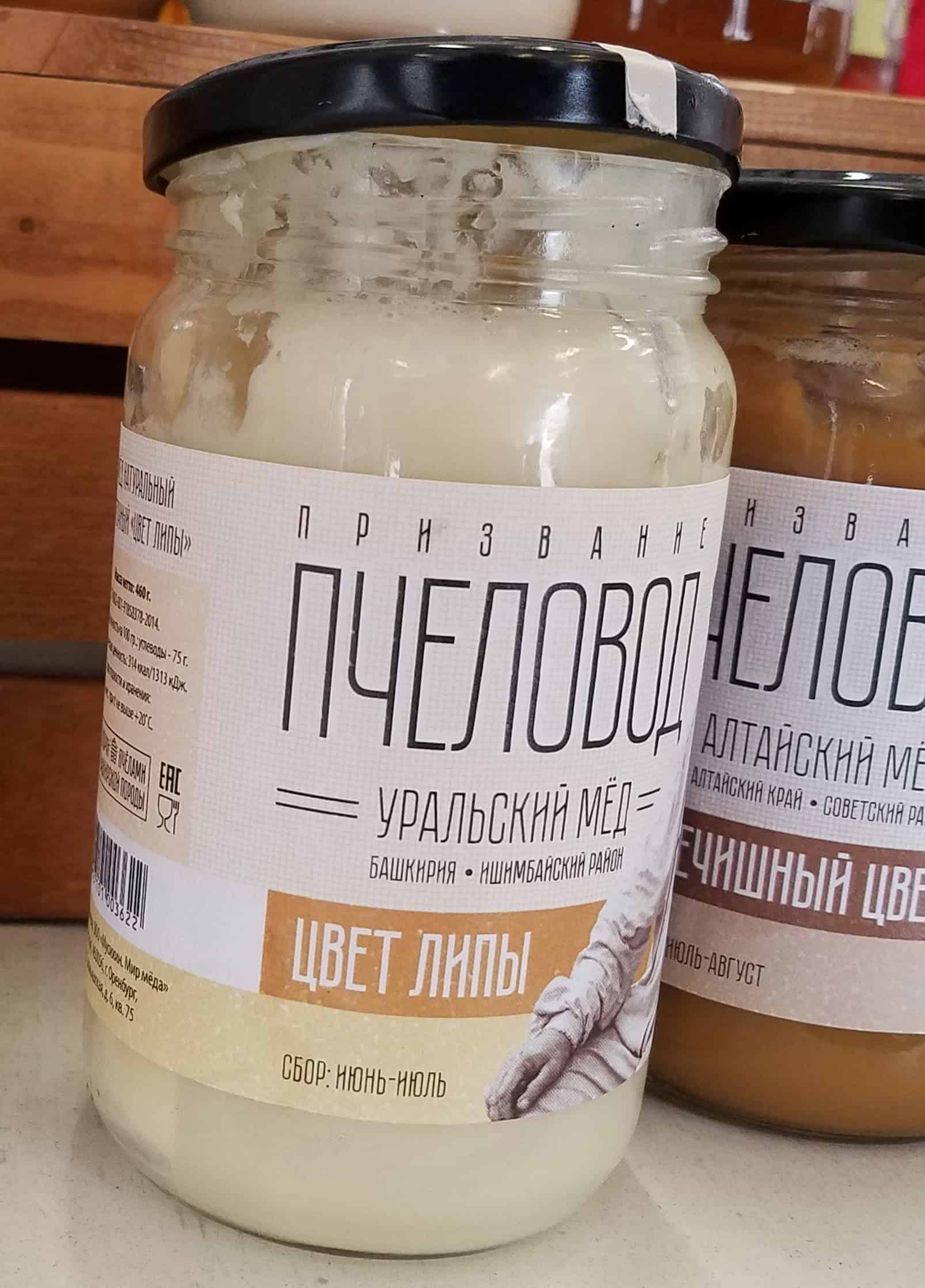Local HONEY is fresh, and tastes great! It is made by bees collecting nectar from flowers near you!
Supporting local beekeepers, supports local bees!
Some local beekeepers also use bee-made-materials to produce products like CANDLES, SOAPS, LIP BALM, SKIN BALMS, CANDIES, BEESWAX, POLLEN, and PROPOLIS.
Look for a beekeeper near you!
( MCBA does not screen or endorse beekeepers or their products.)
HINT: To filter the list to show only the product you seek, change the dropdown box from "Show All" to a specific product, then click "Apply Filter"
Montgomery County Agricultural Fair
Every year our association has a stand at the Montgomery County Agricultural Fair where our member sell their honey and other products.
Also at the Fair, we do beekeeping demonstrations and have an observation hive that allows you to see the bees at work. Hope to see you there!
Honey Bee Products Primer
Honey:

A colony of honey bees must collect nectar from two million flowers to make a pound of honey! The bees store honey to eat when nectar is scarce. Luckily for us, they make more honey than they need, so beekeepers can share they bounty. CREMED HONEY is 100% honey with nothing added. It is converted into a white, smooth, spreadable consistency by a special mixing process.
Remember: Honey should not be fed to infants less than 12 months old.
Beeswax:

Honey bees excrete tiny plates of wax from glands on the underside of their abdomens. Honey bees use this wax to create wax comb, the hexagonal (six-sided) cells used to store nectar, pollen, and to raise new bees. People use beeswax to make candles, lip balm, soap, etc. Fun Fact: To make one pound of wax, bees need to collect 40 pounds of nectar!
Pollen:

Pollen grains are microscopic cells that plants use to propagate. Pollen is rich in protein, so honey bees collect pollen from blossoms to feed their young. To carry millions of pollen grains home in one trip, honey bees moisten them with a lick of honey and paste them, layer upon layer, to special hairs on their hind legs. At the colony, honey bees store the pollen in their wax honeycomb cells. To collect pollen from honey bees, beekeepers temporarily reduce the size of the hive entrance with special screens. The bees carrying pollen balls cannot fit though the holes in the screen unless they remove the pollen balls, which then fall into a collection bin.
Propolis:
Propolis is a sticky glue bees use to caulk gaps in their hive. They make it using plant resins or sap from tree buds mixed with honey and saliva.
Fun Fact: Propolis also has anti-germ properties that help keep the hive healthy.
